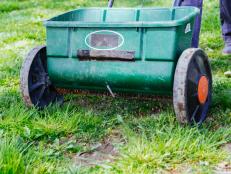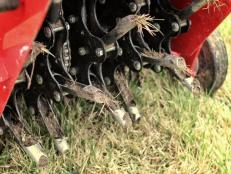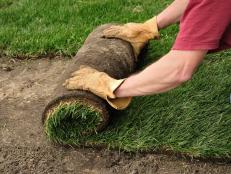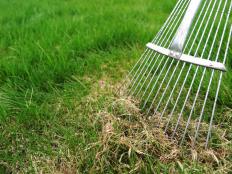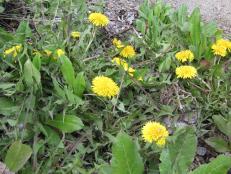Keeping Grass Out
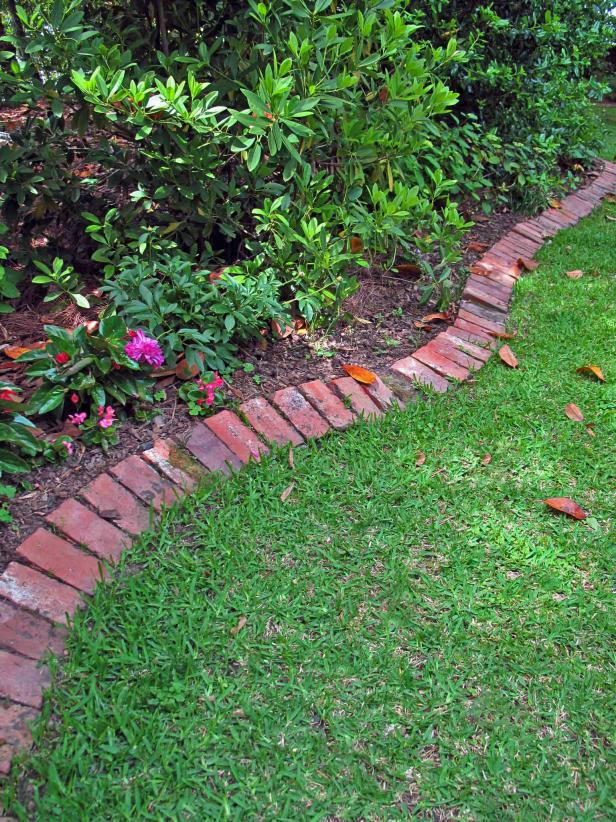
Image courtesy of Felder Rushing
Like so many other aspects of gardening, the key to keeping grass out of your garden beds is to plan ahead and remain vigilant. Once grass gets a foothold in your beds, you're in store for a tough battle.
"Keeping grass out of garden beds is no easy task," says master gardener Paul James. "And once it finds its way into your beds, the problem is even more difficult, especially if the grass spreads by underground runners or has a chance to re-seed."
Many of the most popular border materials may not keep grass out of garden beds unless installed properly. Steel edging is tough, says James, and although it's a little expensive, it will last for decades, which makes it a genuine bargain. But, at only four inches wide, it isn't wide enough. "If you pound it deep enough into the ground to keep grasses from creeping under it, there isn't enough edging above ground to keep grasses from growing over it."
The solution is a compromise: Drive the edging three inches into the ground, leaving one inch above ground. But be on the lookout for grass that creeps under the edging, and be sure to routinely trim grasses as they grow up and over the edging as well.
If you use a string trimmer, be aware that it may actually sling pieces of grass from the lawn into nearby beds. "Even the smallest piece of Bermuda grass can root very quickly and in no time take over the entire bed," says James. So, once you finish trimming, go back into those beds and get rid of all the tiny grass pieces.
Steel, plastic or fiberglass edging can be unattractive. "A great way to deal with that problem is to hide the edging with another material such as stone," James says. He lines a bed with steel edging, then dry stacks small pieces of limestone to hide it. You may have to reset the stones routinely because dry-stacked stones have a tendency to shift. For that same reason, you may want to caution your children against playing on the stones.
If the stones are placed on the ground, you can't expect them from keeping the grass from growing into your garden beds. That's exactly what someone did in this bed, and the Bermuda grass is creeping into the bed. This will be a constant battle, one that will cause a lot of frustration. So either place some sort of edging material down first or consider cementing the stones in place. Even mortared stones or bricks may not keep the grass out of your beds unless you first prepare a proper footing, however.
To create a footing, dig a trench roughly four inches deep along the perimeter of your garden bed. Add cement to the trench and stack your first layer of stone or brick. The footing will keep grass from growing under the border, but you'll still have to keep an eye out for grass that grows up and over. With irregular surfaces, it's tough to get a string trimmer into nooks and crannies. James recommends removing the grass or leaves manually.
Take care to sow seed outside the beds.
If you sow grass seed, you may accidentally introduce grass into your beds, especially if you use a broadcast spreader, says James. "No matter how careful you are, a few dozen to a few thousand grass seeds will find their way into your beds."
Consider switching from a broadcast spreader to a drop spreader, which won't throw the seeds, allowing you to get right up to the edge of a border. If you do use a broadcast spreader, try to get far enough away so that the seeds don't get thrown into the beds. Come back later and scatter the seeds along the edge of the border by hand.
Finally, consider buying a broadcast spreader that comes equipped with a gizmo like this to prevent the spreader from throwing seed on one side, which then allows you to get right up along the edges of your borders.
Despite your best efforts, it's entirely possible that grass will still find its way into your garden beds. When that happens, your best bet is to remove the grass by hand, or if you absolutely must, use an herbicide to do the job for you. However, if you use an herbicide, whether organic or synthetic, be careful that you don't contaminate nearby plants. Avoid spraying on a windy day and consider applying the herbicide with a paintbrush or sponge. Spray the herbicide directly on the brush bristles or sponge first.








